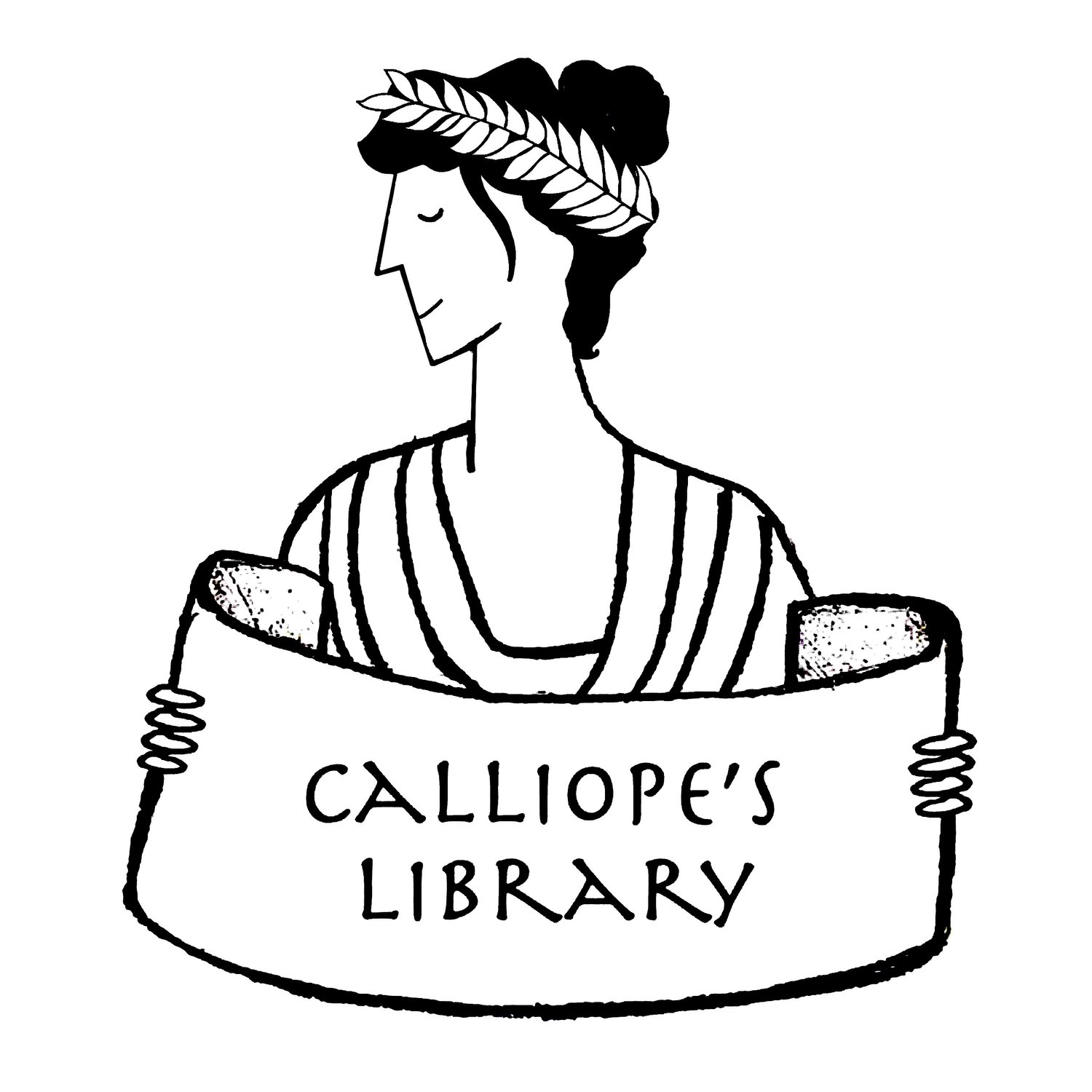Title: First Greek Myths: Pegasus the Flying Horse
Author : Saviour Pirotta
Illustrator: Jan Lewis
Date: 2009
Tags: Early reader, Picture book, Mythology, Pegasus, Bellerophon, Ancient worlds, Animal character, English
Readers interested in a scholarly approach to children’s literature may consult this title on Our Mythical Childhood Survey*
When a fire-breathing monster is terrorizing the kingdom, it’s up to the hero Bellerophon to save the day. But how can he stop a creature with two heads, who can look both ways at once? If he rides on the winged horse Pegasus, then he can attack the monster from above. But how can he catch a horse that’s twice as fast as he is and can fly?
Bellerophon is a good problem solver, and he also knows when to ask for help. That makes him a great role model for aspiring young heroes. Older readers will recognize the influence of the delightful movie Clash of the Titans (1981) on this hero’s journey. Good influences aside, Pegasus the Flying Horse is probably the most exciting of all the First Greek Myths stories. It’s a classic adventure tale that anyone would enjoy. Just look at how determined Pegasus’ face is on the cover! What’s not to love?
Saviour Pirotta and Jan Lewis’ First Greek Myths series provide adaptations of myths perfectly suited for newly independent readers. The text is kid-friendly, and the cartoonish images are colorful and exciting. Kids as young as three can enjoy reading these on their own, with just a little bit of vocabulary help. Affordable copies are readily available on most used book websites. – Krishni Burns
* For further information on the Our Mythical Childhood Survey, please refer to the website of the project “Our Mythical Childhood” [link: http://omc.obta.al.uw.edu.pl/], led by Prof. Katarzyna Marciniak at the Faculty of “Artes Liberales,” University of Warsaw, Poland, with the participation of Bar Ilan University, University of New England, University of Roehampton, University of Yaoundé 1, and other affiliated scholars, within the funding from the European Research Council (ERC) under the European Union’s Horizon 2020 Research and Innovation Programme (grant agreement No 681202).


